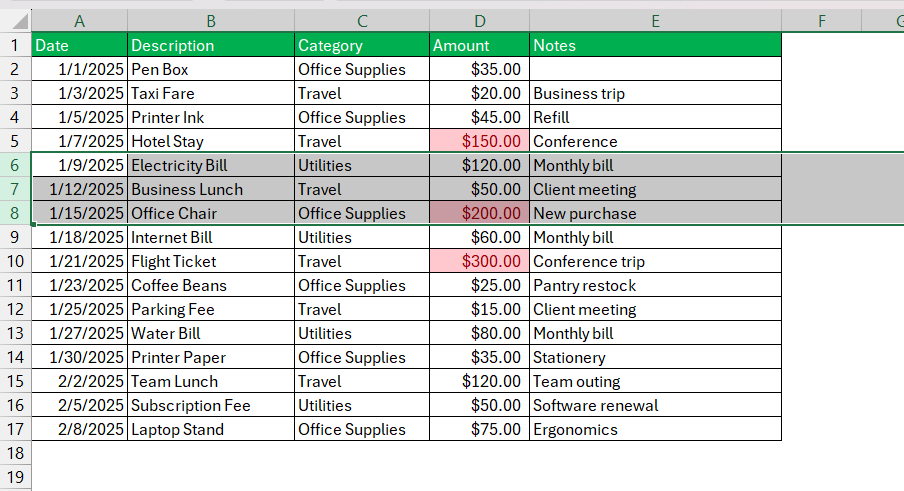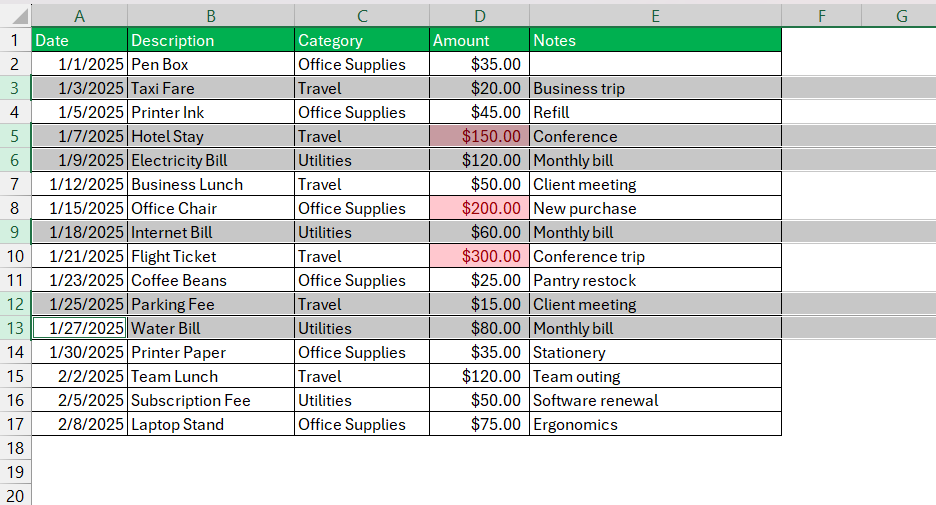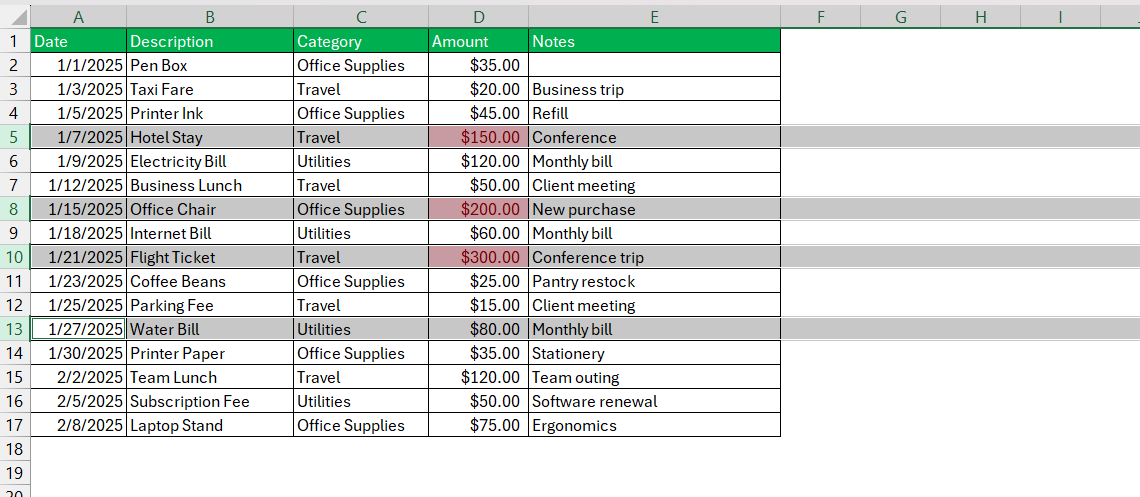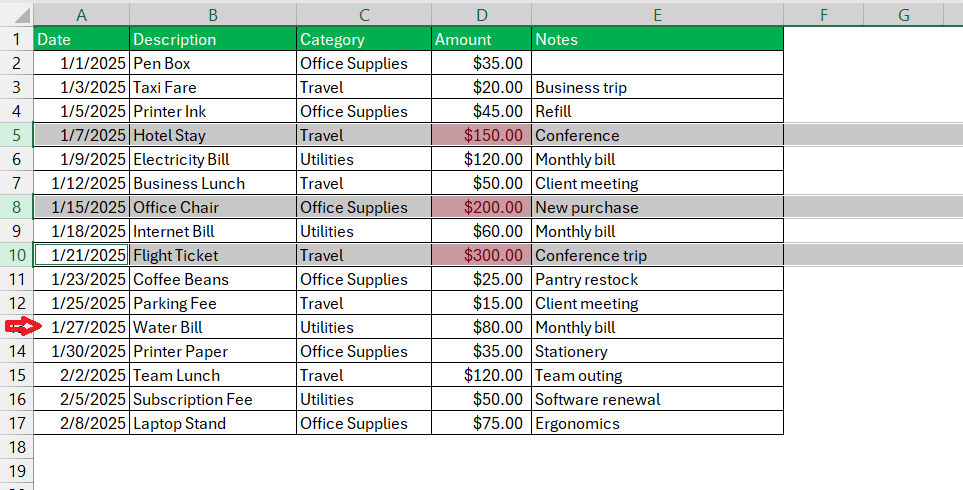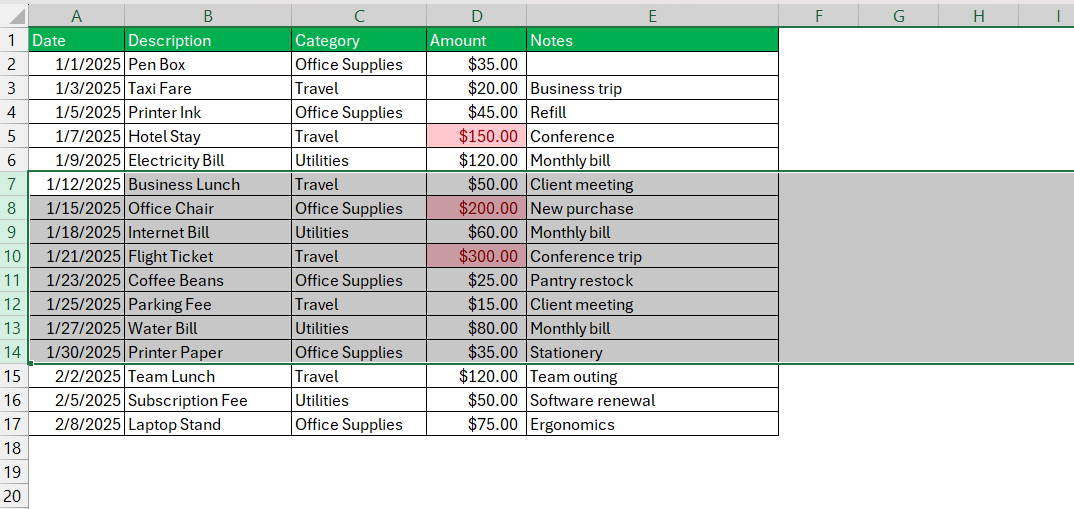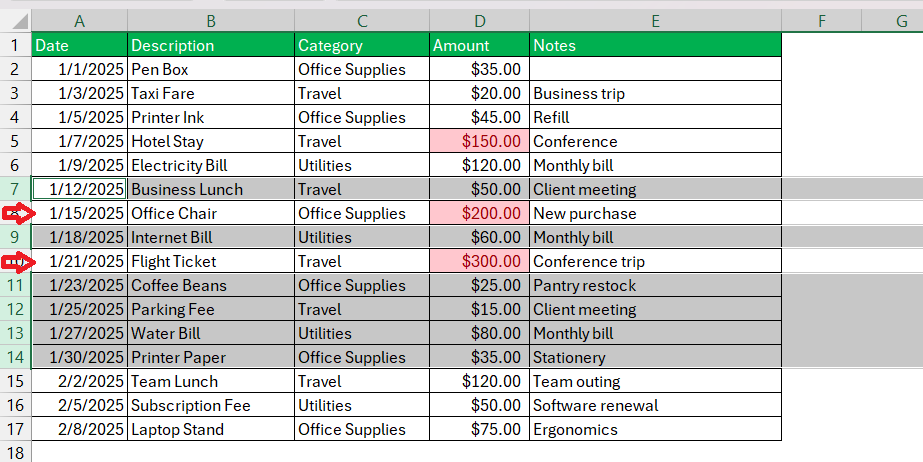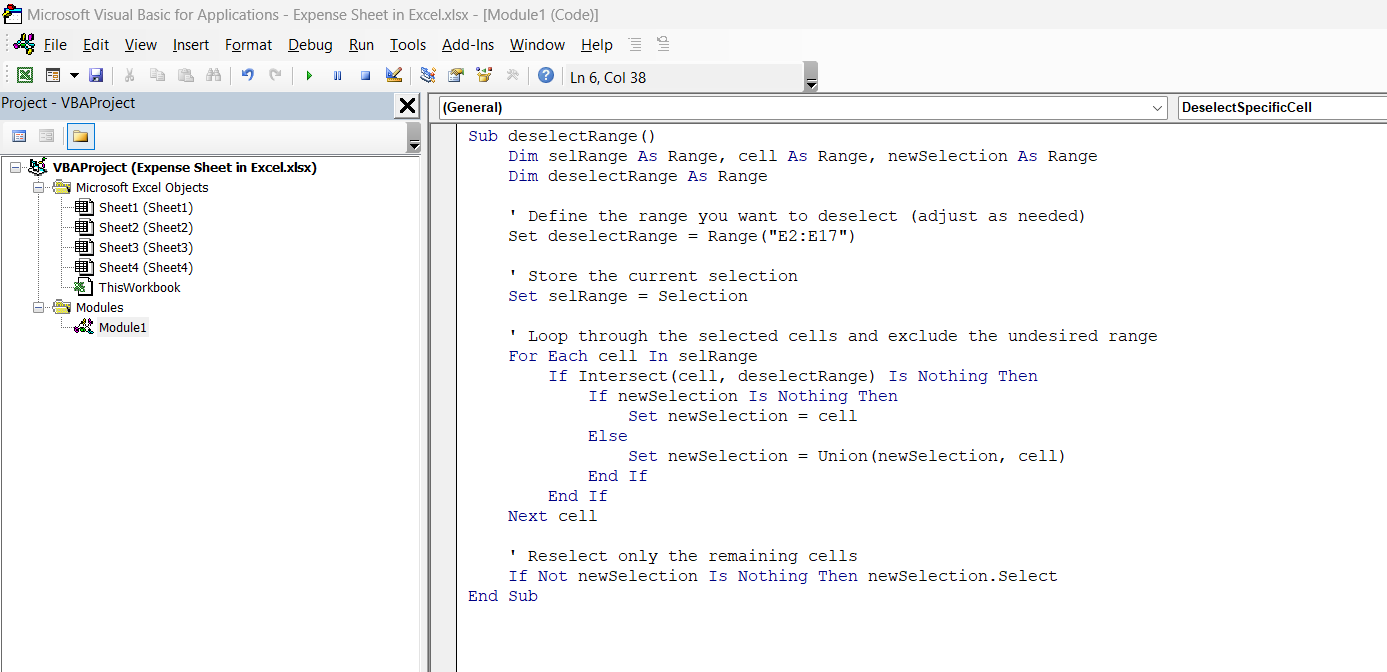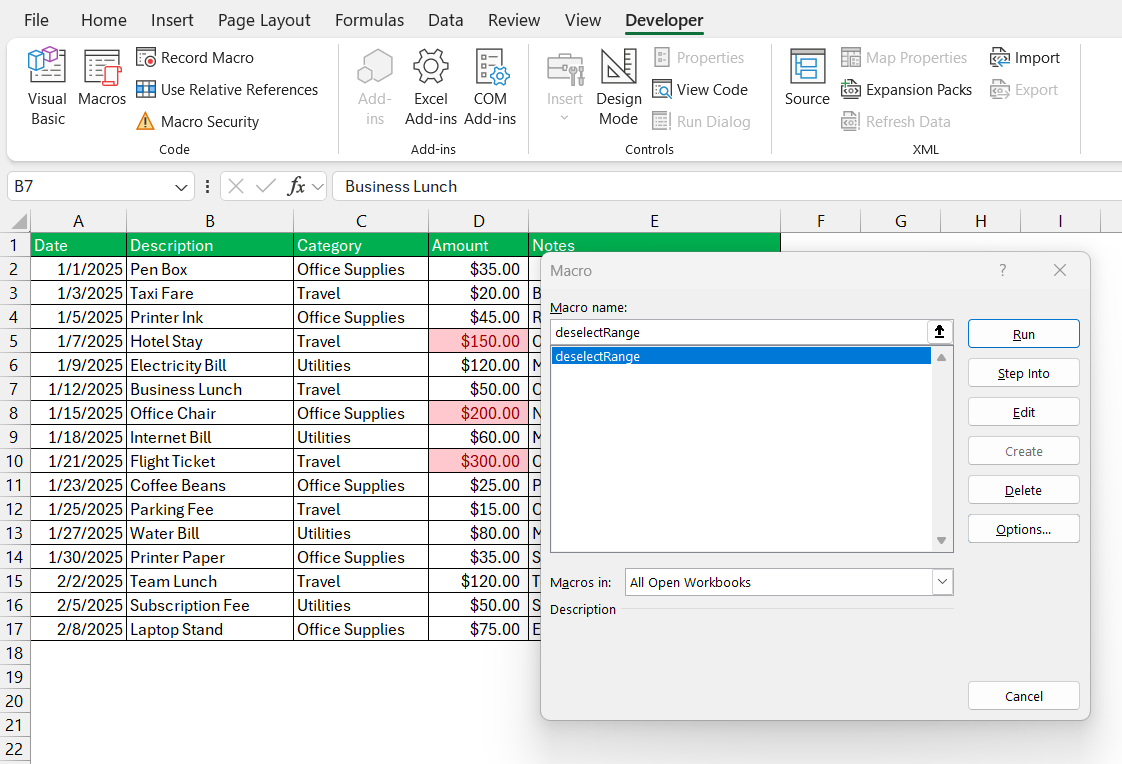
Key Takeaways:
- Deselecting cells in Excel prevents errors and improves accuracy when working with large datasets.
- Holding the “Ctrl” key while clicking unwanted cells instantly removes them from the selection.
- VBA can automate deselection for complex or repetitive tasks, enhancing efficiency.
- Proper deselection techniques streamline data analysis, formatting, and editing workflows.
- Mastering deselection minimizes disruptions and ensures clean, precise data handling.
Table of Contents
Introduction to Fine-Tuning Your Excel Skills
The Art of Deselecting Cells in Excel
As we navigate the seemingly boundless grid of cells within Excel, mastering the art of cell deselection emerges as an essential skill. I’ve found that, while much attention is given to selecting cells and ranges for formulas and data entry, knowing how to deselect those you no longer need is equally important and often overlooked. Whether it’s refining your data range for a chart or rectifying an erroneous click, mastering deselection can sharpen your Excel prowess significantly.
Why Knowing How to Deselect Matters
Knowing how to deselect cells in Excel can drastically enhance my effectiveness and accuracy when managing data. It saves me from the unnecessary hassle of starting my selection process anew if I accidentally include an undesired cell. Moreover, it ensures that my data analysis remains precise because failing to deselect redundant or incorrect cells could skew results and lead to flawed insights. Understanding deselection is, therefore, not just about correcting mistakes; it’s about maintaining the integrity of the data I work with.
The Basics of Cell Selection and Deselection
Understanding Excel’s Selection Mechanisms
Excel’s selection mechanism is the cornerstone of its data manipulation capabilities. By clicking on a single cell, it becomes active, bounded by a border to signify its selection. For adjacent cells, clicking and dragging the mouse, or using the “Shift” key alongside arrow keys, allows me to select a block of data seamlessly.
When working with non-contiguous cells, the “Ctrl” key becomes my ally, enabling me to build a custom selection across the spreadsheet.
Understanding these mechanisms underpins all activities in Excel, from simple formatting to complex data analysis. The ability to control these selections with confidence means I am always in command of the data, ensuring it serves the purpose for which I’m analyzing, presenting, or reporting it.
Common Pitfalls When Working with Selected Ranges
When working with selected ranges, I often see common pitfalls that can disrupt workflow or lead to data management errors. A frequent issue is inadvertently extending a selection too far, which can lead to unwanted formatting or the inclusion of irrelevant data in calculations. Additionally, losing track of active selections, especially in large datasets, can be confusing and result in the application of functions to the wrong cells.
Another pitfall is forgetting to clear a previous selection before starting a new one, leading to cumulative selections that may not be immediately apparent. To mitigate these risks, I recommend keeping a keen eye on the Name Box and utilizing deselection techniques, which can make all the difference in maintaining a clean and accurate Excel environment.
Step-by-Step Guide to Deselect Cells
Deselecting in Excel Using Ctrl+Click
In Excel, Microsoft introduced a feature that allows me to deselect individual cells or ranges from a selected group. Here’s how I do it:
STEP 1: I start by selecting multiple cells by clicking and dragging or using Ctrl + Click to add specific cells to my selection.
STEP 2: If I mistakenly select extra cells, I simply hold down the Ctrl key and click on the unwanted cells. They get removed from my selection instantly.
Now, I can proceed with formatting, copying, or any other action with only the necessary cells selected.
Deselecting a Range of Cells
If I select a large range and need to deselect specific parts of it, the process remains the same:
STEP 1: I click and drag to select a block of cells.
STEP 2: Holding down Ctrl, I click on specific cells within the range to remove them from the selection.
The remaining highlighted cells are now my final selection.
Advanced Techniques for Power Users
Mastering the Use of VBA for Custom Solutions
For those who are a bit more tech-savvy, Visual Basic for Applications (VBA) can offer a more advanced solution to deselect cells. While this method requires a bit of programming knowledge, it can be incredibly powerful for automating tasks. I’ve found that a simple VBA script can easily deselect a specific cell or range, which is highly beneficial when I’m dealing with repetitive tasks or large datasets.
Here’s a basic structure of how I achieve this:
Sub deselectRange()
Dim selRange As Range, cell As Range, newSelection As Range
Dim deselectRange As Range
' Define the range you want to deselect (adjust as needed)
Set deselectRange = Range("E2:E17")
' Store the current selection
Set selRange = Selection
' Loop through the selected cells and exclude the undesired range
For Each cell In selRange
If Intersect(cell, deselectRange) Is Nothing Then
If newSelection Is Nothing Then
Set newSelection = cell
Else
Set newSelection = Union(newSelection, cell)
End If
End If
Next cell
' Reselect only the remaining cells
If Not newSelection Is Nothing Then newSelection.Select
End Sub
To use such a script, I need to access the VBA editor by pressing Alt + F11, insert a new module, and run the script by pressing F5.
It’s vital for me to remember that while VBA can be daunting at first, with some practice, it opens up a world of possibilities for customizing Excel to fit very specific needs.
Practical Applications of Deselection Skills
Streamlining Data Analysis Workflows
Streamlining data analysis workflows is all about trimming the fat — removing unnecessary steps that impede progress. Knowing how to deselect cells in Excel plays a crucial role in this streamlining process. By mastering deselection, I can quickly correct any selection errors without disrupting my workflow, maintain clean datasets for analysis, and ensure the modifications I make only affect the intended cells.
Advanced filters are also my go-to feature for narrowing down data before selection. By filtering out irrelevant data, I am left with only the cells that actually need analysis, simplifying the process. Moreover, using conditional formatting in conjunction with deselection helps me highlight and isolate key data points, making my analysis both quicker and more accurate.
Enhancing Data Entry and Editing Efficiency
Enhancing data entry and editing efficiency in Excel is directly tied to how adept I am at managing cell selection and deselection. Speed and accuracy are paramount, and by utilizing the proper deselection techniques, I can prevent data entry errors, such as overwriting the wrong cells or inputting data in non-targeted areas.
For bulk data entry or edits, I often rely on the ‘Fill’ handle, but being cautious to not extend beyond the desired range is essential. Deselecting cells within a filled range without disturbing the others is a delicate task, but by mastering mouse and keyboard techniques, I’ve turned it into a swift maneuver.
Furthermore, employing data validation rules allows me to limit the type of data entered into cells, reducing the need for subsequent corrections. By combining deselection skills with these data validation tools, I can enhance overall data handling efficiency and accuracy.
FAQs on Deselecting in Excel
How Can I Quickly Deselect a Single Cell?
To quickly deselect a single cell within an existing selection in Excel, I simply hold down the “Ctrl” key and click on the cell I wish to deselect. This action will remove the cell from the current selection without affecting the other selected cells.
What Is the Best Way to Deselect Multiple Ranges?
The best way to deselect multiple ranges in Excel is to use the “Ctrl” key. I click on the selected cells or ranges while holding “Ctrl” to remove them from the current selection. This method allows me to deselect non-adjacent cells or ranges quickly and with precision.
Can I Create a Shortcut to Deselect in Excel?
Yes, I can create a shortcut to deselect in Excel using Quick Access Toolbar customization or VBA macros. For the Quick Access Toolbar, I can add a ‘Deselect Range’ command—if available—to my toolbar for one-click access. Alternatively, I can write a VBA macro assigned to a keyboard shortcut for a more automated approach.
How Does Deselection Work with Excel Formulas and Functions?
Deselecting cells when dealing with formulas and functions in Excel ensures that I maintain control over my data and calculations. If I have a formula that references a range of cells, I need to avoid deselecting any cells within this range that might alter the formula’s result. On the flip side, if I’ve included a cell in the formula’s range by mistake, I can deselect it using the “Ctrl” click method, and Excel will automatically adjust the formula to exclude the deselected cell.
What happens if you accidentally select too many cells, or simply want to remove a few from your selection?
If I accidentally select too many cells or want to remove a few from my selection, I don’t have to start over. Instead, I can refine my selection by holding the “Ctrl” key and clicking on the cells I want to deselect. This way, Excel allows me to adjust my selection without affecting the remaining cells I’ve already chosen.
John Michaloudis is a former accountant and finance analyst at General Electric, a Microsoft MVP since 2020, an Amazon #1 bestselling author of 4 Microsoft Excel books and teacher of Microsoft Excel & Office over at his flagship MyExcelOnline Academy Online Course.

